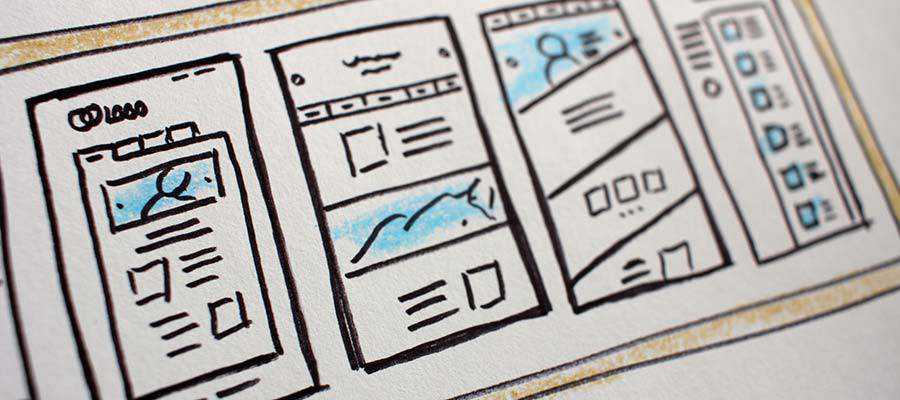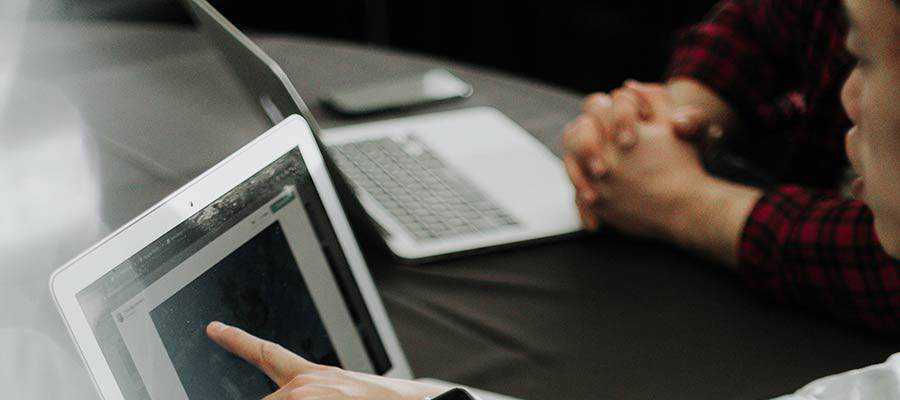When a client hires you to design and build a website, they’re making an investment in their organization. And, depending upon their particular sector, that website can play a major role in determining future success.
Yet, it’s not always viewed that way. Some clients will nickel and dime their way through a project, not wanting to spend the funds required to accomplish their goals.
Even worse is when an organization has a website with outstanding potential, but lets it languish. The site’s content and underlying software age out, while previous momentum is lost. It happens again and again, company after company.
You may ask, what is it that these clients are missing? It may just be the most important thing they need to know.
A Website Is Not a One-Off Purchase
As a young designer, I used to look forward to finishing off a project as if I’d never have to deal with it again. The website, as far as I was concerned, was “done”. Experience has shown me how wrong I was.
In order to stay relevant, websites need to continually evolve. Content must change to reflect what a business is currently doing – not what they did when the site was first built. Technology needs to be upgraded in order to improve functionality and the user experience.
This applies to virtually every type of website. Although, a case can be made that it’s more of a life-or-death situation for an eCommerce or community-based site than the standard five-page brochure variety.
But so often, clients don’t seem to see their websites as an ever-evolving product. Instead, they view it as something they buy once and use forever. And while there may be some relatively small maintenance and hosting fees, it’s a matter of merely keeping things running smoothly. Growth isn’t necessarily considered.
They’re missing the bigger picture.

How Designers Can Help to Inform and Change Attitudes
Part of the issue may stem from how we as web designers communicate. In my own case, I’ve tended to focus on the task at hand when building a website.
First, it’s all about getting the project requirements. Then it’s on to guiding clients through the design and build processes. These are often major challenges that require a lot of attention in order to get things right.
All of this means that talk of the future can get lost in the shuffle. We may not really discuss the need for evolving content and technology until we’re faced with an issue.
For clients, it’s easy to see why this could bring about a misunderstanding. They’re seeing a website that they’ve invested in that, for one reason or another, isn’t keeping up with the times. It might be content, design or functionality-related – or any combination thereof.
This can lead to confusion. Why is the website now outdated? Shouldn’t it be built to last? These are things web designers may inherently understand, but aren’t necessarily obvious to clients.
Part of our job is to educate our clients on the realities of having a website. To stay relevant, a website requires more than just routine maintenance. There has to be both an understanding of and strategy to keep things fresh and vital.

Keeping It Real
So, what should our clients know about owning a website? Here are a few concepts that will help them better understand what comes along with the territory.
Software and Code Must Be Maintained
Much of what we build these days relies on third-party software. For example, utilizing a CMS and plugins are a very common practice. We might also include a lot of our own custom code as well.
All of these items require updates. It might be a matter of updating your WordPress installation as usual. However, it may also go well beyond that level of maintenance.
Changes to programming languages such as PHP may require rewriting significant portions of code to stay functional. That comes with a cost of both time and money.
And speaking of money, any commercial software licenses also need to be kept up. Letting them lapse could lead to future problems.
Sometimes, a Change Is Needed
The software that seemed like a perfect fit in the beginning may not last. In the case of third-party apps, they might disappear into thin air without notice. That means finding a suitable alternative and making a switch.
A website that uses a CMS and is more than a year old will probably experience this scenario. A theme or plugin breaks, and updates are nowhere to be found. All of the sudden, you’re back to the drawing board.
It’s frustrating for everyone involved. But it’s also out of our control. While we may try to build with tools we think will be around for the long haul, there’s no guarantee. Clients will need to understand that reality.
The Web Moves Quickly
It’s probably safe to assume that most people know that technology evolves at break-neck speed. Anyone who has purchased an expensive smartphone has probably figured that out, as it becomes outdated mere months after release.
Websites aren’t much different. Just think of how your favorite CMS might have changed within the last six months to a year. Then think about how it has evolved in the past five years. The differences are likely very noticeable.
As such, user tastes and expectations change right along with technology. Thus, an organization must be ready to adapt as needed.

Helping Clients to Stay Informed
In the end, this is one more reason why the designer-client relationship is so important. Our experience and knowledge of the industry is something that needs to be shared with those we work with.
If we can better prepare clients for the responsibilities that go along with owning a website, we can tackle these challenges together.
Related Topics
Top